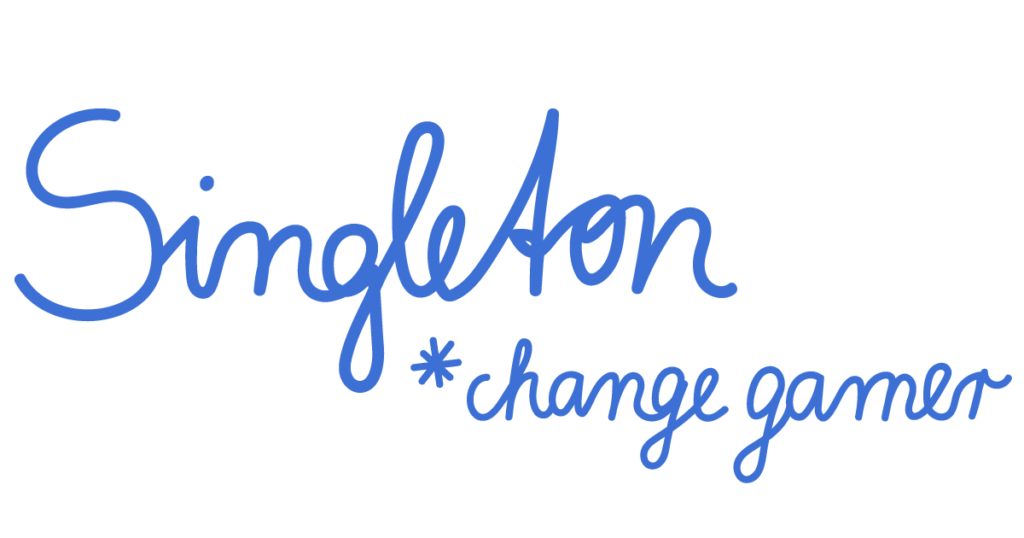Frequently asked questions
Singleton breaks down complex development goals (the company should become more agile/digital transformation) into compact microinterventions. These are inserted into a game system on the smartphone. You play Singleton by executing these microinterventions.
We recommend a playing time of 4-6 weeks. During this period, more challenging tasks can be offered as microinterventions, starting from simple tasks. The duration also permanently changes action routines.
Singleton works on three levels: 1. Singleton generates concrete competencies and positive behavioral changes in the selected play categories. Change does not come about through wishing or theoretical learning, but through DOING 2. Singleton creates an atmosphere of "playfulness" in the company: This creates a desire for change and playfulness among employees - new spaces of opportunity and communications across hierarchical and disciplinary boundaries sustainably improve the working atmosphere. 3. singleton changes the perspective on one's own life. The playful change in behavior initiates processes of reflection and communication that enrich one's own life beyond the specific topics dealt with in Singleton.
Singleton comes from object-oriented programming. A singleton is a special paradigm in which there is only one object for a class. This object is therefore unique in the truest sense of the word. This is what Singleton's person-centered approach is all about: Developing - and becoming unique.
Singleton can be played by any number of people. Singleton can be played by 2 people up to 20,000 or more people at the same time. Design worldwide games and have different departments compete against each other in different locations.
Theoretically, any number. In practice, however, the number of teams should be kept manageable - so that players get a feel for who they are playing against.
No, Singleton works on a voluntary basis. We register user activity in the backend. A non-excludable proportion of intentionally or mistakenly not executed cards is taken into account in the analysis.
No, different themes can be combined in a singleton game. However, we recommend not to mix more than five topics.
The Singleton software was developed at the Cluster of Excellence Image Knowledge Design at Humboldt University Berlin. An interdisciplinary team spent several years building, researching and optimizing more than 10 prototypes. This can be read, for example, in the book Thomas Lilge/ Christian Stein (eds.): Spielwissen und Wissensspiele. Science and Game Industry in Dialogue about the Cultural Technology of Games. Bielefeld 2018. ISBN: 978-3-8376-3939-1
It is always possible to discard a card. The algorithm registers this action and delivers a better, new card.
Taking data protection into account, the course of the game is registered and evaluated for various parameters such as "frequently played cards," "frequently skipped cards," user activity, etc. The data is then aggregated and used to make statements about the course of the game and thus the organization playing it. In the aggregation of different data points, statements can thus be made about the course of the game and thus also about the playing organization. With ChangeMetrics you can find out which changes have been executed within the playing time and thus also where strengths and weaknesses of your organization exist.
Singleton works without login and only with the specification of an individually assigned pseudonym.
Singleton runs on both Android and iOS, covering 100% of the global market (Q1 2019 figures: Android 88.1%, iOS 11.9%)
Singleton Change is a game and voluntary. No personal data is collected. We recommend early involvement of the works council and are happy to provide support.
The singleton app is not big, about 400 MB on the smartphone

